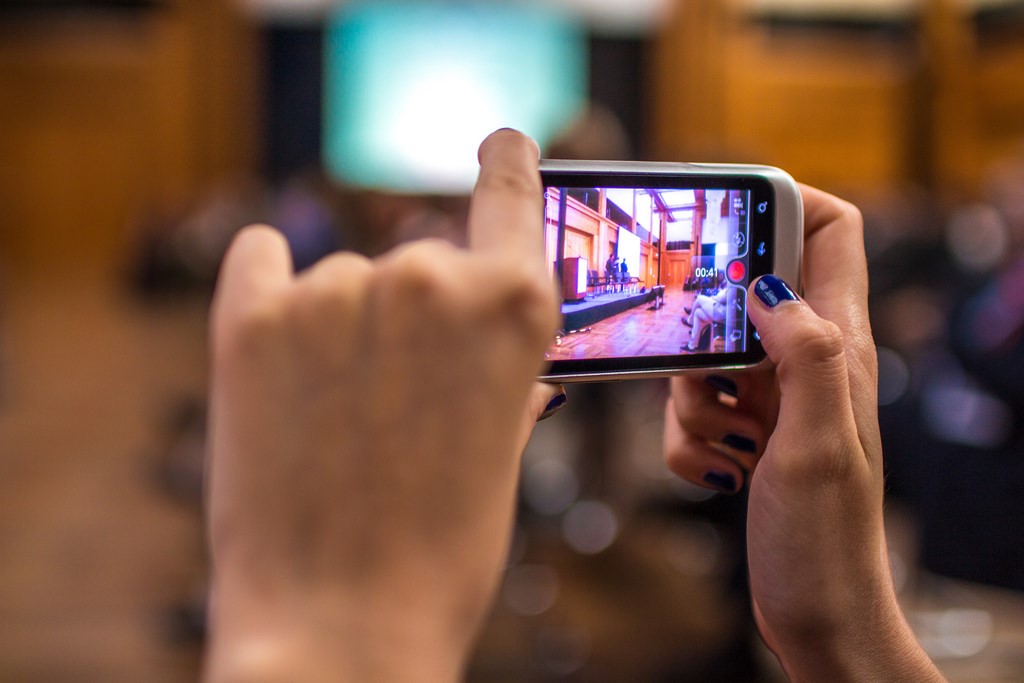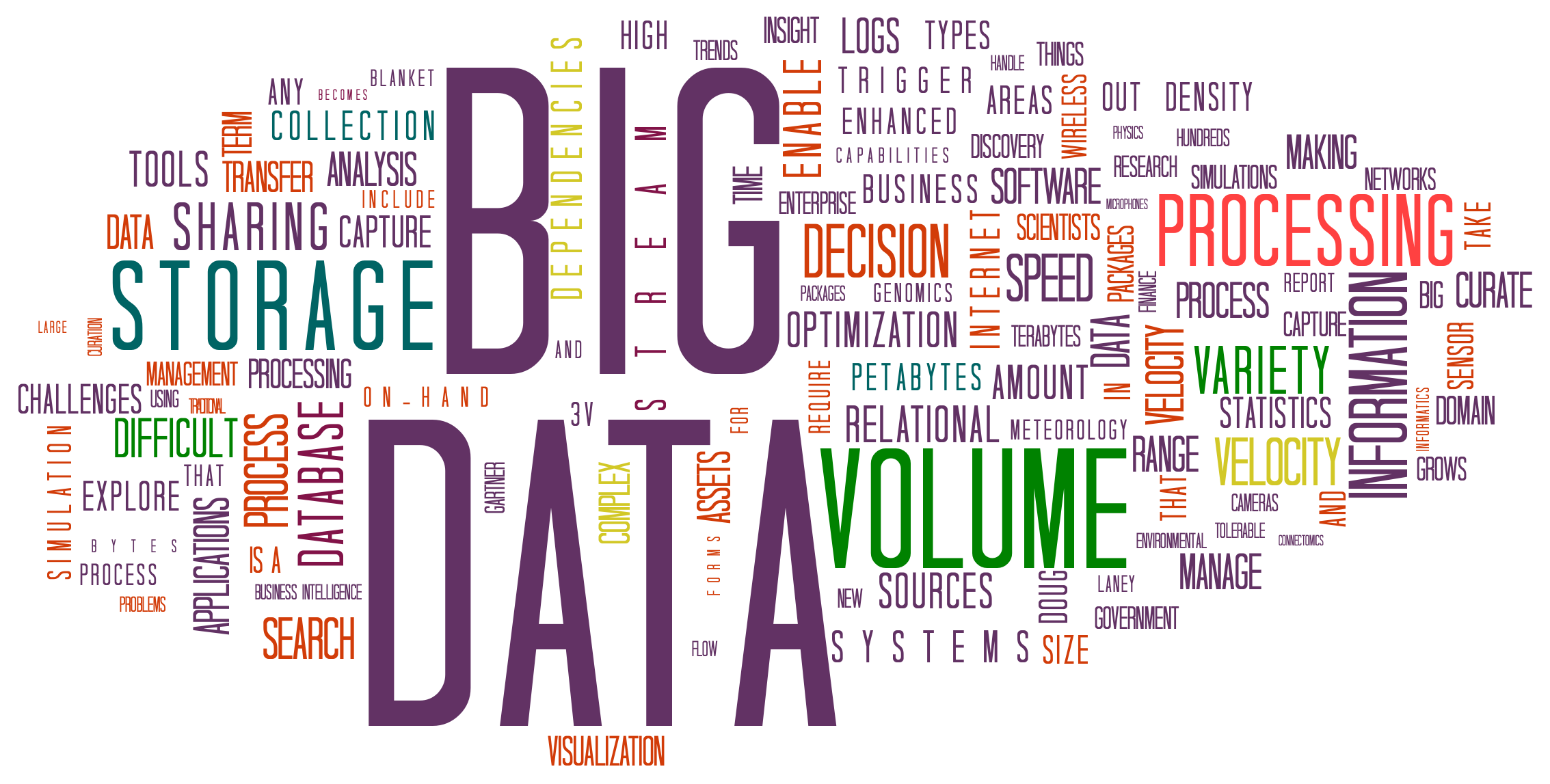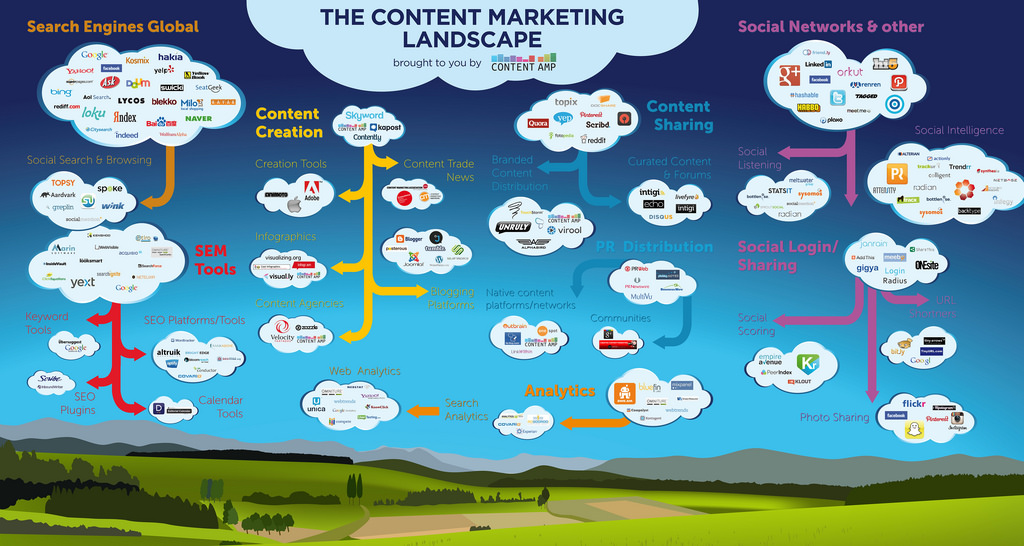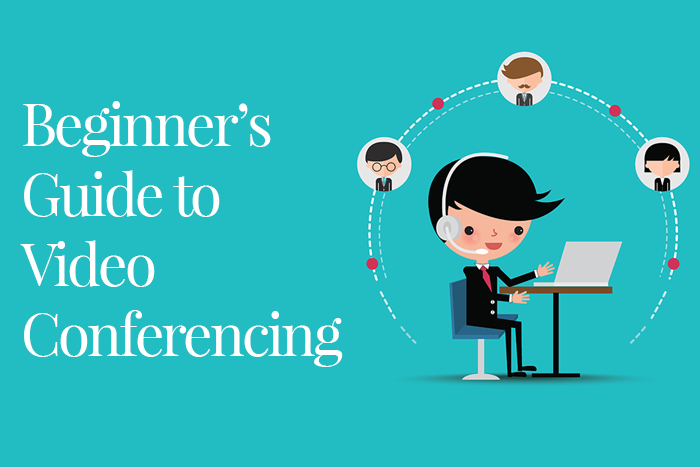Marketing Trends for 2018 You Can Start Today for Free
Marketing is a constantly evolving beast. Accordingly, the plethora of web platforms available to harness its potential keeps growing with it.
It can be difficult to predict which marketing channels will provide the best bang for your company’s buck. It also doesn’t help that the industry is filled with snake-oil salespeople and buzz terms like CRO, growth hacking, influencer marketing, and SEO.
To help you sort through it all, we’ve scoured the trade shows, talked to marketing and ad agencies, and figured out which marketing trends are defining 2017 and set to continue into 2018
1. Mobile Video

Mobile video is king these days, with $5.4 billion spent on video advertising (which accounts for 35% of total online spending). Dreamworks CEO, Jeffrey Katzenberg explains that Hollywood is taking notice, spending the past three years focused on creating short, 3- to 5-minute video clips with Game of Thrones production levels aimed directly at mobile audiences.
There are 4.917 billion mobile users, accounting for 55% of web traffic. This means mobile is the leading medium in which we’re accessing the internet. These are no longer second-screen devices, and for many households are the only way of connecting to the internet. With the FCC auctioning portions of the wireless spectrum from cable to wireless data providers and 5G infrastructure being actively pursued, this trend is only going to increase.
If you haven’t already, there’s no better time than now to start learning about mobile video tools available. From recording to editing, live streaming, and even video conferencing, those who understand the mobile video industry will succeed in 2018 and beyond. In fact, video conferencing (which allows users to interact with video content) is likely to be the longest-running trend of the year.
2. Big Data

With mobile devices being so prolific, marketers can now access a lot more data about its users than ever before. Ad buys on TV and radio, for example, depending on the station drawing in the right audiences. Your expensive SuperBowl ad may reach the right people, but it’ll also reach large audiences of the wrong people.
Using data analytics, you can target users by context. Social media platforms like Facebook, for example, allow you to accurately target typical demographics like Caucasian males between the ages of 18 and 25. But they also allow you to narrow the audience by religion, political affiliation, interests, location, and more.
On top of this, mobile ad platforms allow you to target potential customers driving by your brick and mortar locations or events (or those of your competitors), understand if they’re at work or home, and hyperfocus your ad spend to minimize ad spending waste. Get familiar with the options available on your ad platforms, and stop wasting money on nontargeted ads.
3. Mixed Reality

By the end of 2017, it’s estimated that 171 million people will be using virtual reality. A survey of 14- to 19-year olds found only 4% are not interested in VR, and thanks to Google Tango, augmented reality is quickly being integrated into mobile devices like the Lenovo Phab 2 Pro.
These new platforms provide new ways for marketers to reach consumers. Instead of just staring at a car and dreaming of what it would be like customized to your tastes, BMW uses Tango to let potential customers personalize their vehicle on the spot. Lowes uses AR technology to let you shop from home and get an idea of what will and won’t fit with your current setup.
There’s no need to create an expensive program yourself. Marriott is using the technology to draw customers simply by letting visitors borrow a Gear VR headset to experience the virtual world for themselves. You can even create personalized VR headsets for event marketing purposes through Unofficial Cardboard.
4. Interactive Content

People love to interact with the content they’re viewing. That’s why the internet is taking over television as the primary medium of content consumption and video conferencing has made its way into the classroom. Still, most brands make stagnant content that works just the same – this isn’t what the internet was made for.
Buzzfeed built its brand, not just with clickbait listicles, but with interactive quizzes, where readers could choose their adventure and learn through direct engagement. How many times have you visited Facebook and learned which Disney Princess or Harry Potter character your friends are?
Taking things one step further, live streams and webinars are taking over. Both Facebook and YouTube are pushing for live streaming, and studies found viewers watch live streams 3x longer than prerecorded. Live, interactive video (which is what a webinar is) is essentially the holy grail of interactive content. By hosting a webinar, you’re increasing reach, virality, and brand awareness.
5. Chatbots

With mobile chat platforms like Facebook Messenger, Kik, and WhatsApp growing, brands raced to find ways to monetize it. One of the more innovative industries that arose from this is chatbots. At their most basic level, chatbots create a conversation tree you walk through by asking the right questions.
Dominos, for example, allows you to order a pizza through Facebook Messenger, Twitter, Google Home, and Alexa, among others. The more platforms you can reach, the easier you make it for people to reach you and give you their money. And don’t discount email marketing, which has had one of the best returns since the rise of the internet.
Even better, Facebook, Slack, Kick, and all the others have easily available APIs to allow easy creation of chatbots. Even third-party developers are jumping in to pick up the slack and allow businesses to create their own chatbots without the need of expensive coding and web development teams.
6. Content Marketing

Although content marketing has existed since John Deere released The Furrow, a farm industry magazine, in 1895, it took on a whole new meaning when the Iinternet became widespread. I’ve worked in content marketing for years, and you’re reading an example of content marketing right now, as this blog is meant to provide information, education, and news that helps you understand how video conferencing increases overall customer engagement and ROAS.
This strategy is the only way to compete in today’s world, as mainstream media outlets like Forbes, Entrepreneur, Huffington Post, even the Wall Street Journal, are filled with content marketers shelling out their expertise in exchange for earned media and anchor links on relevant sites.
Building a blog and guest posting is an excellent way to build your brand online, and this same strategy is used in video, event marketing, and other avenues as well (look at Red Bull). Content marketing is the single most effective (and least expensive) method of raising brand awareness, and hosting events (even virtual ones) is a great way to get started.
7. Social Media
As of January 2017, there are over 1.87 billion Facebook users, and this is just one of dozens of social media sites currently active. Instagram, Twitter, SnapChat, YouTube, Pinterest, and more allow users to connect to each other, create, promote, and engage with content online. If social media sites are where the audiences are, it’s where marketers need to be as well.
Creating a social media business profile is free and easy. On top of this, platforms like Facebook and Twitter offer business tools that provide powerful analytics, ad targeting, and more. These platforms aren’t going anywhere anytime soon, and used for customer service by major brands like JetBlue and Major League Baseball.
Training customer service on social media in addition to answering phones is one of the best business decisions you’ll ever make.
Obviously, there are a ton of other marketing methods to continue using. Search engine optimization is more important than ever in the age of schema, voice assistants, and accelerated mobile pages. Everything mentioned above ultimately contributes to building a massive conversion rate optimization funnel.
However, as indicated at the top, interactive video conferencing is the most significant trend, as it increases audience engagement and is where society is headed. Ten years ago, Skype was just something gamers used to communicate with World of Warcraft raids – now it’s installed on mobile devices and computers across the world to make voice chat commonplace.
Reaching audiences through interactive video is a grand slam. What’s your favorite method to engage with targeted audiences? What marketing strategy do you find effective for your business?






One Comment
Comments are closed.